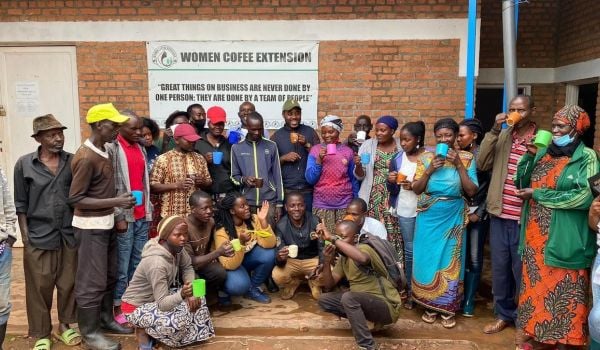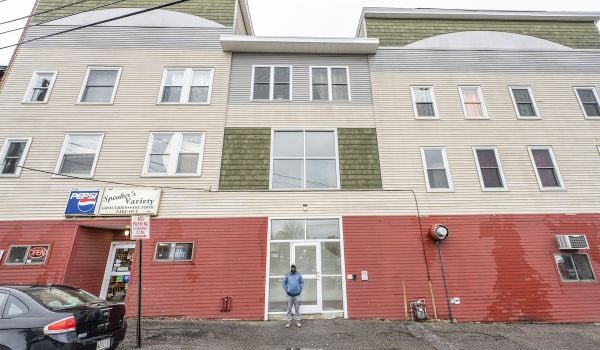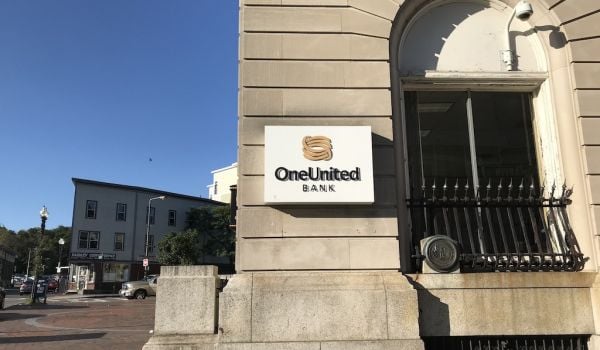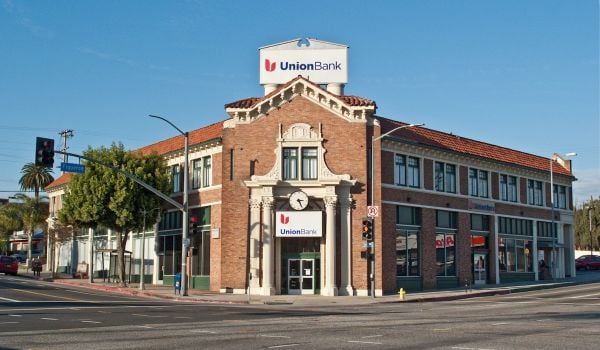You’ve heard of “buy local.” How about bank local?
Bank Local, a new tool sponsored by Seacoast Local, a New Hampshire-based nonprofit that advocates for a more local, green and fair economy, maps out every branch of every bank or credit union in the U.S., and ranks them based on how well each invests in the local economy of your choice. You can even adjust the radius that defines local. The default is five miles.
“If a bank has a lot of small business lending, then it gets a much higher ranking,” says Bob Marino, who co-created the tool along with Nick Plante. Marino and Plante are Seacoast Local board members, and Bank Local was a volunteer project for both of them.
In addition to small business lending, the rankings also take into account whether the bank or credit union headquarters are within the user-defined radius, what percentage of the bank or credit union branches are within that radius, bank ownership structure, bank size, small farm lending and speculative trading.
But really, it mostly boils down to small business lending. Size matters. Smaller banks do the bulk of the country’s small business lending.
Looking at FDIC data from 2012, for example, banks with more than $100 billion in assets accounted for 27 percent of small business lending. Meanwhile, banks with $10 billion or fewer assets accounted for 54 percent of small business lending.
Marino, a financial analyst by profession, cites a few reasons why he thinks that is. One is that many larger banks work off of computer models. If a small business owner comes in and is just a little bit outside the model’s recommendation, they get turned down. Speculative trading or larger clients are just more profitable for big banks too.
“Large banks have so many branches but they’re basically taking in deposits, which go into who knows what, and probably very little of that will get recirculated in your own community,” Marino says.
It’s not just a matter of bigger banks being more interested in other things. Being small has its advantages when it comes to small business lending, according to Marino.
“The term that I’ve heard used a bunch is ‘relationship lending,’” he says. “Small banks or credit unions don’t just work off of standard models. They’re able to make loans within their community, to people whom they know very well but might be somewhat atypical, which a lot of times small businesses are.”
Call them whatever you want, the strategies have often led smaller banks to make smarter loan decisions than large banks, at least from 1999 to 2014.
To create the rankings, Marino and Plante used publicly available, federal data reported by the FDIC, the Federal Financial Institutions Examination Council and the National Credit Union Administration. The data are recent to December 2014, and they anticipate being able to update Bank Local at least once a year once the previous year’s data become available.
Marino had done some earlier thinking and tinkering with how to create a rating to show relatively how much banks invested in local economies. He looked at Community Reinvestment Act (CRA) reports, for instance, but wasn’t satisfied.
“Bank of America winded up getting an outstanding ranking in a recent CRA report, and I thought well this doesn’t really feel like it’s hitting the right notes,” Marino says.
Eventually, collaborating with experts from the Institute for Local Self-Reliance and the National Credit Union Administration, Marino began generating algorithms to generate the rankings and Plante (a software developer) began building the search and mapping interface.
“We’re also thinking about if we get a chance to map out the ATMs, because we also have that data,” Marino says.
The duo also created Small Matters LLC, to serve as a potential vehicle to channel support and expand the work of Bank Local on a national basis.
“We might do a certification program, maybe a label campaign,” Marino says. They’re open to ideas.
Marino also mentioned the possibility of a campaign to encourage large institutions, like city government or hospitals or universities, to move at least some of their business to smaller banks.
“I think the knee-jerk response would be, well we don’t think they’d be able to handle all of our needs, they’re too small, but it seems to me like that’s an area that could be worked on,” he says.
Still, the biggest and most difficult task may always be getting individuals to bank local. Even Marino, a lifelong believer in small business whose father had to close down the pharmacy his grandfather started, didn’t switch to a local bank until after starting the work that led to Bank Local.
“As a nation that’s used to convenience, it’s a little bit tough for us,” Marino says. “We’ll just have to continue to beat that drum.”
The Equity Factor is made possible with the support of the Surdna Foundation.

Oscar is Next City's senior economic justice correspondent. He previously served as Next City’s editor from 2018-2019, and was a Next City Equitable Cities Fellow from 2015-2016. Since 2011, Oscar has covered community development finance, community banking, impact investing, economic development, housing and more for media outlets such as Shelterforce, B Magazine, Impact Alpha and Fast Company.
Follow Oscar .(JavaScript must be enabled to view this email address)

















